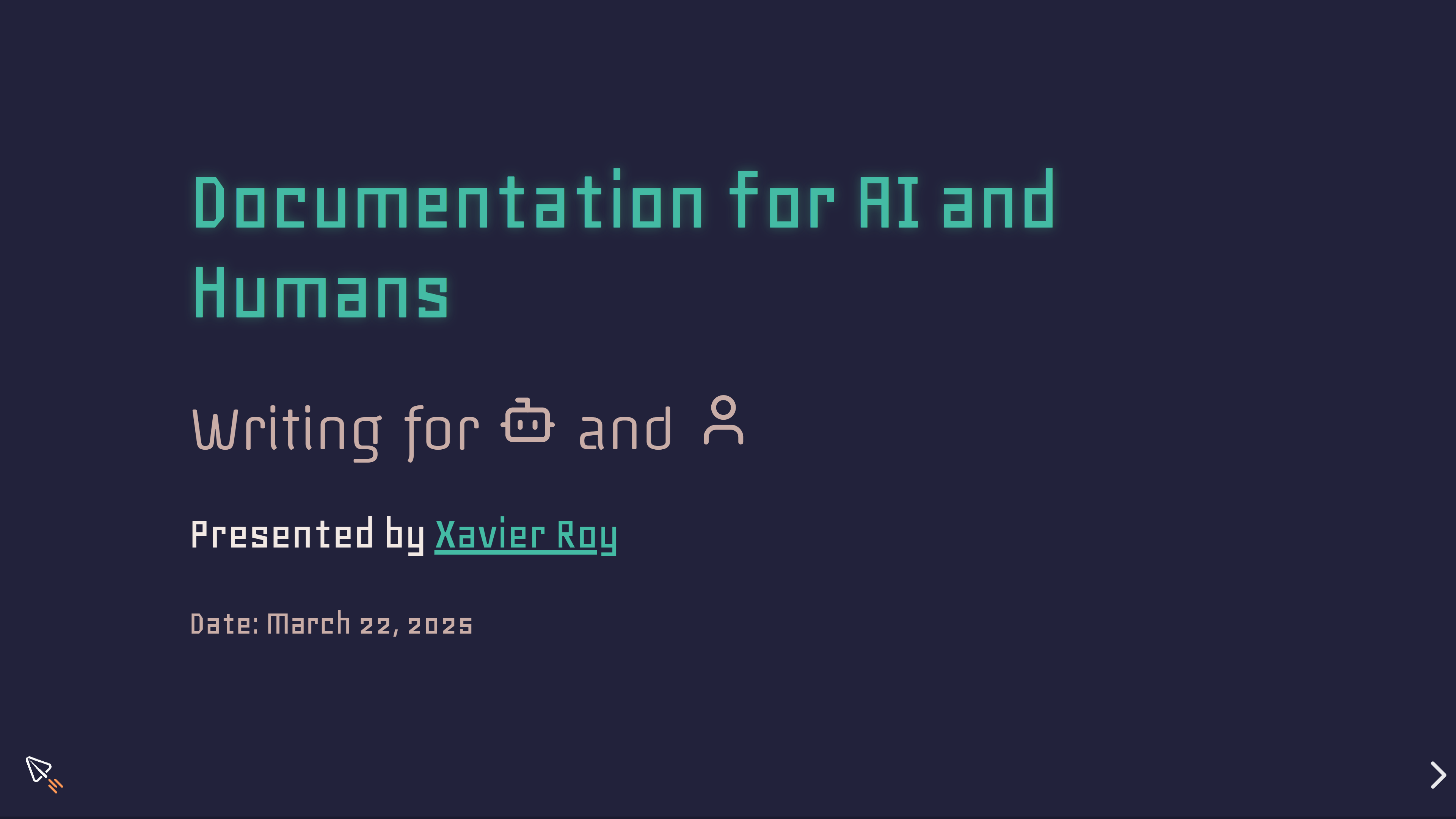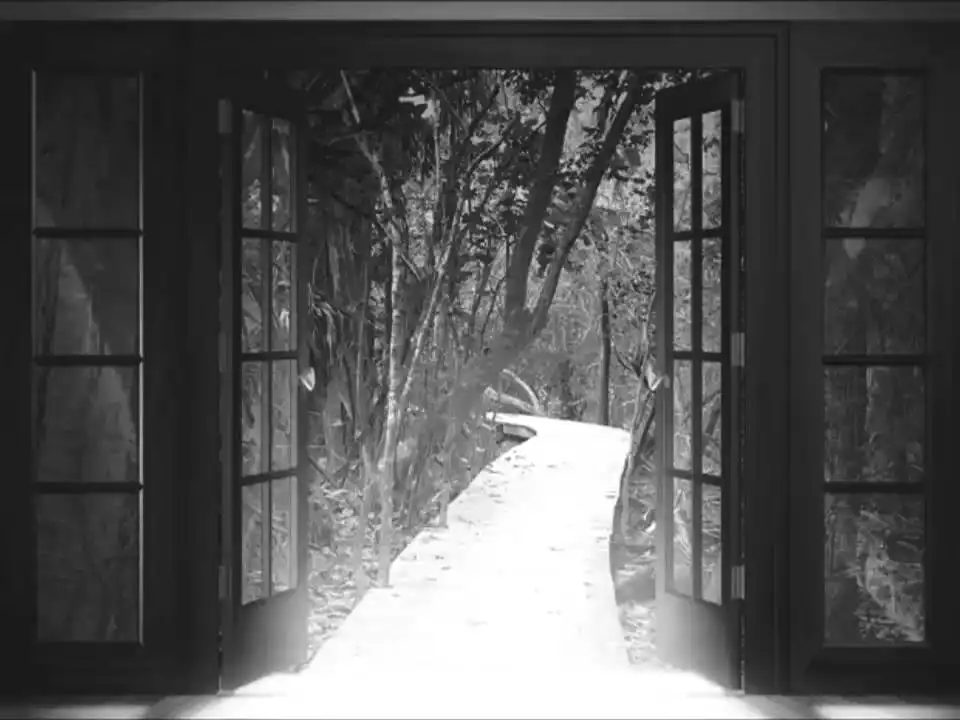In my recent talk yesterday, Documentation for AI and Humans, I discussed how the role of the technical writer is evolving to meet the demands of a dual audience: humans and AI systems. This isn't a minor change; it's a fundamental shift in how we approach documentation.
We explored several key aspects of this transformation:
- The Rise of AI Agents: AI agents are now active consumers of documentation, using it to perform tasks and automate processes.
- AI Processing vs. Human Reading: AI and humans consume documentation in very different ways, requiring us to adapt our writing style and structure.
- Layered Documentation: Creating different layers of information (strategic, tactical, operational) to cater to different needs.
- Structured Task Flows: Documenting procedures with explicit steps, expected outcomes, and troubleshooting decision trees.
- Machine-Readable Metadata: Embedding metadata within documentation to aid AI interpretation without disrupting human readability
- Documentation as Code: For AI, documentation is increasingly becoming executable, blurring the line between traditional documentation and software.
The future of documentation demands a dual-audience approach. By embracing structured content, machine-readable metadata, and a focus on clarity, we can create documentation that serves both human needs and AI capabilities.

